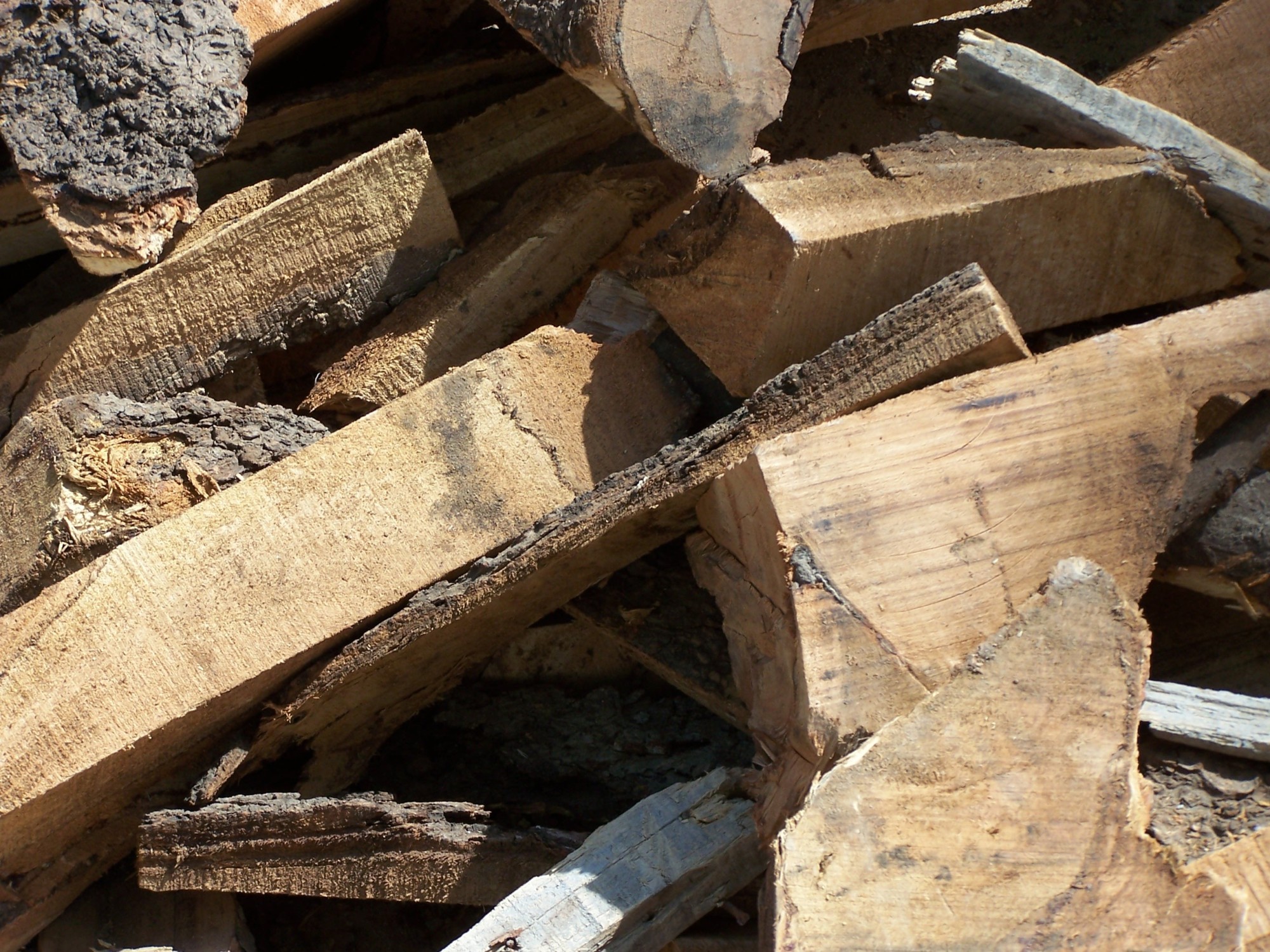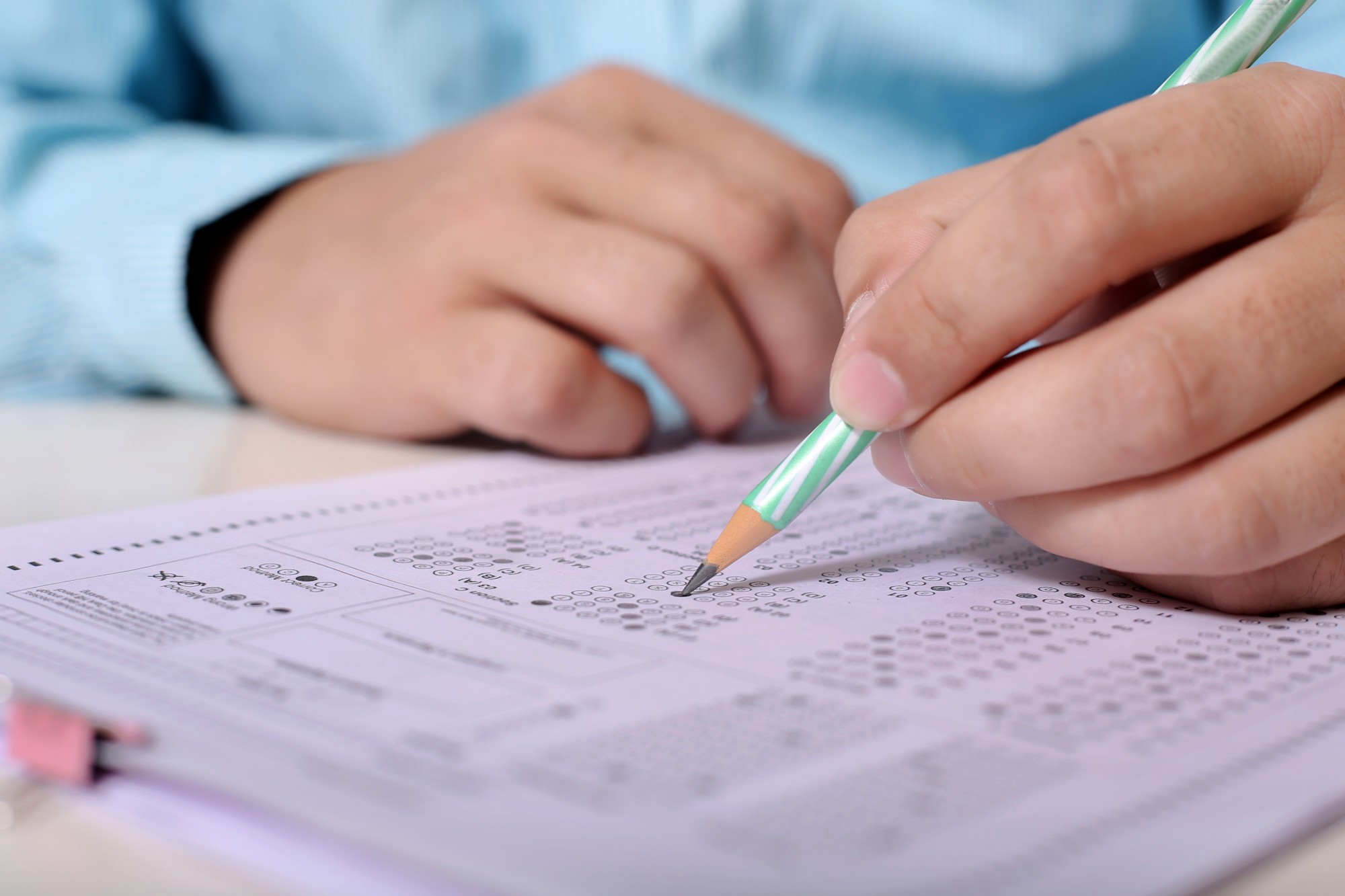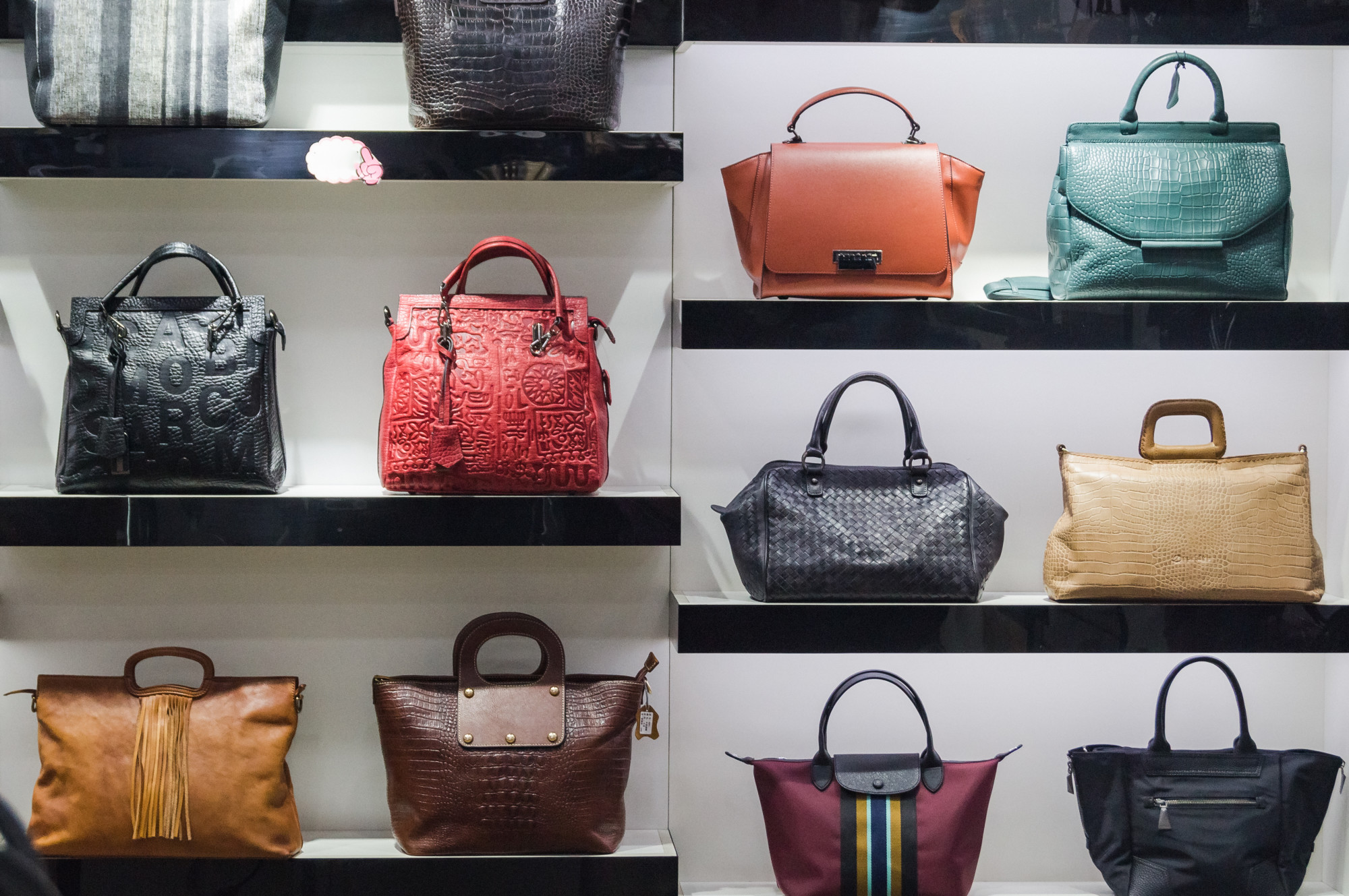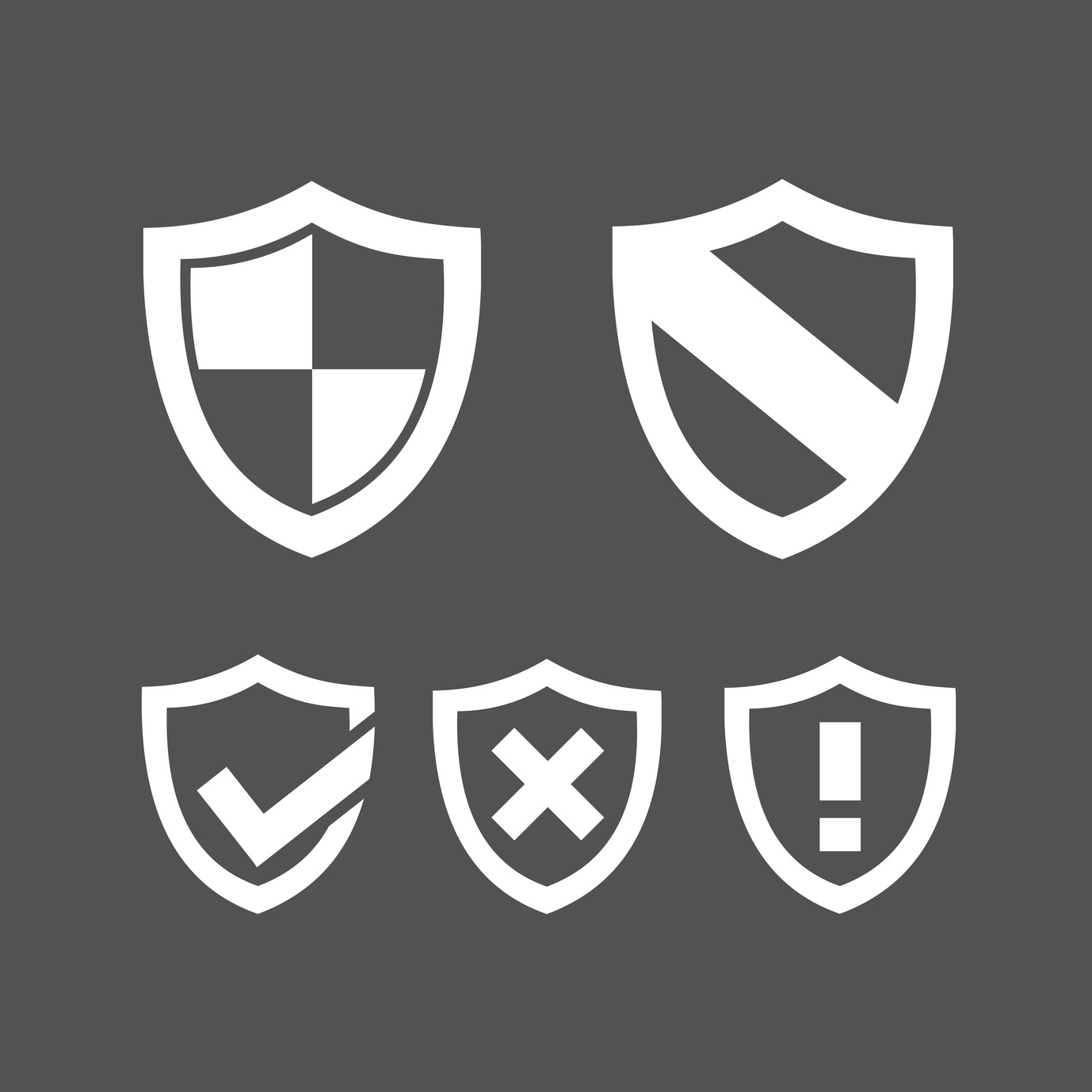An Earth Lover’s Guide on How to Recycle Wood
Posted on October 06, 2020 by Logo Design Tips and Tricks

You care a lot about the earth, and you rightfully should. After all, Earth is our home, and if we take care of it, it will take care of us in return. That being the case, you’ve set out to do the right thing by being environmentally friendly whenever you can and recycling all of your unneeded materials for someone else to benefit from.
That being the case, you may have run into a dilemma in concerns about how to recycle wood. It may seem silly at first; after all, wood is a natural resource, and it’s very biodegradable and even healthy to the environment. However, you’re not looking to dispose of your wood products, but rather to give them away to be reused in another piece of equipment and reduce the cutting of trees.
With this in mind, there are plenty of ways that you can recycle your wood and get us one step closer to a healthier, happier Earth. Read this article to find out what you can do!
First, Find Out if Your Wood Is Recyclable
The first thing you need to know is that all wood is not created the same. While many wood products only go so far as to be treated for preservation purposes, others may have various chemicals added to the mix that could cause problems in recycling and could even cause health problems if not taken care of properly, and they’ve been banned as a result.
To avoid this problem, find out if your wooden products contain elements such as creosote, and they also cannot be painted, stained, or otherwise contaminated. Make sure that your wood is free of these contaminants before you take them to be recycled.
Dispose of Your Wood at a Wood Processing Facility
After you find out if your wood is safe for recycling purposes, one of the first options you may want to look into is a wood procession facility. These facilities are designed to take unused wood and process it into other usable materials, and since they specialize in this process you can be sure they will do the job properly.
Wood processing facilities are great if you have a bulk amount of solid wood waste, so if you’ve just finished working on building your new shed you can toss your shaved wood parts into a container and the facility will take care of them. Better still, the transaction is low-cost, and they may even take your wood for free if it’s in good condition.
Reuse or Repurpose It
Before you go about recycling or processing your used wood products, you may want to think about trying to reuse them or find another purpose for them. Oftentimes, wooden products can still offer some great value after their original purpose has been fulfilled, and you can still help preserve the environment by taking care of your wood this way.
The impressive thing about wood products is that they can be used for various needs, and they’re easy to cut, shape, or otherwise modify to fit your desired purpose. Best of all, treated wood can last for many years, so whenever you’re done using your wood for one purpose, you can switch things up and use it for another purpose and get the maximum use out of your materials.
Take It to a Recycling Center
If a processing center isn’t nearby, and you can’t think of any way to repurpose the wood, you can take it to a recycling center instead.
Recycling centers can take almost any modern material and find a way to recycle it for future use in other products. Your unneeded wood could be processed into a soil container, made into pulp, or even used as a compost additive, just to name a few. These centers can also recycle a variety of different solid wood products, including furniture and small outdoor wooden equipment, and can even handle pallet disposal.
Some recycling centers may even give you a small payment for giving them your wood products as an incentive to make others join in on helping to protect the earth.
Don’t Place Your Wood in a Recycle Bin
You may find out that a recycling or processing center is a bit of a drive from your place, and the option of a recycle bin is only a few blocks down. As tempting as that may seem, it’s never a good idea to place your used wood products in a recycle bin, as that only creates problems for the recycling business.
Recycle bins were placed in areas of convenience for a reason: to help people quickly and easily dispose of everyday products. These bins are designed to hold items such as plastic bottles, aluminum cans, and used paper. Putting wooden products into the bin could cause problems for the recycling companies, so the best bet is to take your wooden products to a recycling or processing center in the area.
Try Out a Biomass-to-Energy Producer
Even though they work behind a big name, biomass-to-energy producers carry out a good service. If there aren’t any wood processors or recycling companies around, these guys are the next best thing.
As the name implies, a biomass-to-energy producer takes a nature-based product and converts it into energy that can be used to generate electricity or steam. The combustion of the wood will of course create emissions, but since wood is a product that’s naturally cleaner than fossil fuels, the influence that their burning may have on the earth is practically nonexistent.
Now You Know How to Recycle Wood
You’ve learned all about how to recycle wood, and now you’ll be able to take care of your recycling needs with ease. Make sure to look through our site to learn more about different tips and tricks that can help you succeed in everything you do. We know you’re going to like what you see!
Making the Grade: How to Use the Practice Exam and Other Study Tips
Posted on September 29, 2020 by Logo Design Tips and Tricks

40-60% of students report that they have suffered test-taking anxiety before. Around 40% of people suffer from it each time they take a test. These high levels of stress can lead to poor performance, as well as yield negative health effects.
Yet taking tests doesn’t have to be as difficult as many people make it out to be. In fact, by taking a practice exam and implementing different study tips, you’ll feel confident and ready to excel.
Keep reading to learn about some different test study tips that can help you ace any exam in your path.
Understand the Exam Format
Before you take any exam, you should have a clear understanding of what the test format is like. Once you do, you’ll know what to prepare, and also how to go about getting ready.
Many exams have practice and review books that you can buy. These can help teach you about the test format, and also provide you with strategies for how to answer different types of questions.
Talk to People Who’ve Taken the Test
If you know anyone who has taken the test, you should make sure to pick their brain and ask them any questions you may have. They can help paint a clearer picture of what the test looks like. They can also tell you different strategies and tips to be successful.
If you don’t have any connections who’ve taken the test, try browsing through different online forums. Many sites offer places where first-time test takers can ask people who’ve taken the exam questions.
Take a Practice Exam
Once you understand the test format, it can be a good idea to take some practice tests. Although the questions will be different, practice tests can give you experience with the test content, as well as the format.
Try setting up a timer and pretending that the test is the real deal. After you finish, check your results and see which areas you need to improve upon.
Check out some of these products to find the practice test you need.
Prepare Your Mind and Body
Although it can be tempting to stay up late and cram the night before a test, getting a good night’s sleep is essential. When you’re well-rested, your brain works better, and you’re more likely to test better. Clear your mind, understand that you’ve prepared as well as you can, and sleep early.
You should also make sure to eat a good breakfast the morning of the test. You don’t want to have a growling stomach distract you from the test questions.
Try These Tips to Do Well on a Test
If you have a big or important exam coming up, you might be wondering how to go about preparing for it. Yet by following this guide, trying these study tips, and taking a practice exam or two, you’re certain to do well.
Do you have any other good study tips? Let us know in a comment below!
If you enjoyed this article, don’t forget to check out some of our other blog posts to read more guides and tips.
Top 5 Best Designer Handbags of 2020
Posted on March 23, 2020 by Logo Design Tips and Tricks

The best designer handbags stand out because of their aesthetic, colour palette, logo design, and other factors that set them apart.
In short, all the same things that make a logo design successful can make a handbag successful. These are the top handbag trends of 2020, and the top designer bags to keep your eye on.
Simplicity in a Bag
The name of the game for handbags this year is simplicity. Clean lines and shying away from busy patterns are what’s on-trend right now.
Brands like YSL and Naturae Sacra are showing that sleek folds and basic fabrics are timeless. Designers are using simple contrasting colour details or mixing up fabrics to make their bags stand out.
One such bag, Loewe’s ‘Horseshoe’ two-tone suede and leather shoulder bag, uses different fabrics to bring its design to the next level. It really doesn’t take glitter and sequins to make something sparkle — just a little bit of creativity!
Chill Out Time
Another trend this year is a more relaxed feel in the design of handbags. Many designers this year are using slouchier fabrics or big, quilted pillows for a more comfortable and casual style.
Handbags like Maison Margela’s pillow quilted leather clutch and Bottega Veneta’s ‘The Pouch’ large leather gathered pouch look like you could take an afternoon nap on them. Some designers used the casual trend to the extreme.
Isabel Marant’s ‘Warden’ striped canvas tote, for example, seems to be totally gym-ready. And Nannacay’s ‘Beatrice’ tasseled woven straw tote looks like it’s on its way to a picnic in the park.
Logos, Logos, Logos
You always want to consider your handbag’s logo when purchasing a bag. How it’s designed, how it’s printed, and what material is used is a super important part of the design of your bag.
You want to be sure that the bag you choose represents you well. For example, Fendi’s ‘Karligraphy’ leather shoulder bag uses their Karl Lagerfield signature logo as the buckle. That unusual choice completely sets it apart from most other bags of its type.
A different Fendi bag, the ‘Sunshine Shopper’ logo embossed leather tote, takes a different approach. It features the name Fendi printed in huge letters across it, for a completely opposed look and feel.
Jacquemus’ ‘Le Chiquito’ micro textured-leather tote uses their ‘J’ as a focal point of the otherwise simple bag. That’s a great move for design and brand recognition. Fonts are also a huge distinguishing factor for the best handbags of 2020.
Alexander McQueen’s ‘The Story’ bag uses an unusual font and mixed cases to truly set the name “Alexander McQueen” apart from the rest.
Christian Louboutin’s ‘Bing Bong’ gold-tone enamel clutch uses the brand’s iconic red to contrast with the gold of ‘Louboutin’ scrawled in cursive across the clutch. The bag uses two of this year’s hottest trends in perfect harmony.
Keeping It Casual
If you’re looking for a more casual bag, or you want to design packaging for your business to match your own handbag, you can always get custom bags made! Places like in the bag can even help you match your business packaging to your own, to bring your branding to the next level.
Tote bags are always functional, and they never go out of style. And, you can design them yourself, so shopping around isn’t as much of an issue.
Mixing Up Sizes
The best handbags of 2020 come in many different shapes and sizes. Bigger, oversized bags don’t just look great — they’re useful! You can fit way more of your everyday necessities in a larger bag, so you won’t have to carry a backpack as well. That doesn’t just save space, but it can help save your back as well.
Tiny bags also have your place. You don’t want to be carrying a huge bag on a formal occasion, right?
Miniature clutches, micro bags, and other tiny versions of everyday bags all have their place, and that place is usually the red carpet. Plus, they’re super cute!
It’s All About Embellishment
Chains, rhinestones, tassels, and more — these are the things that can make or break a designer handbag.
Having too many or too few design elements can take a bag from a standout to a mess in a second. For example, chain straps are a great and versatile feature in handbag design.
Contrasting a detail not typically seen in such a feminine object always helps a handbag look a little more interesting than it normally would. That can be seen in Gucci’s ‘Broadway’ python shoulder bag.
Unexpected details we don’t see often in handbags can make a huge world of difference to the appeal of a bag.
Feathers, hearts, and flowers all make appearances on some of the best handbags of this year.
Breaking from the trends might be scary, but it’s also fun to make a statement every once in a while.
Shiny, Shiny Fabrics
Do you know what’s always an eye-catching choice? Metallics. Shiny materials always draw the eye and will bring you compliments galore. Even better if you can check out your reflection in the bag!
Designers this year are using tons of different metallic fabrics in their best designer handbags, such as Chanel, Sies Majan, Bienen-Davis, Proenza Schouler, Marc Jacobs, and L’Afshar.
They use different shades and use them and different ways, but the result is the same — shiny! Some designers have even taken their metallic game to the next level.
Jeffrey Levinson’s ‘Elina Plus’ mirrored rainbow aerospace aluminum clutch is made from aerospace aluminum. It’s not just a handbag — it’s a work of art.
The Best Designer Handbags of 2020
With all the different trends that can make a designer bag stand out, it’s clear what the best designer handbags of 2020 are. Without further ado:
- Ennigaldi Octo Shoulder Mini Bag
- Jacquemus Black ‘Le Chiquito’ Clutch
- Alexander McQueen’s The Story Shoulder Bag
- Dries Van Noten’s Small Metallic Envelope Clutch Bag
- Naturae Sacra’s Arp Mini Two-Tone Leather and Resin Tote
What’s your favourite designer handbag of the year? Is there one you love that’s missing? Contact us and let us know!
Insurance Logos: 5 Awesome Trends to Follow in 2017
Posted on August 16, 2017 by Logo Design Tips and Tricks

A picture is worth a thousand words, right?
Actually, it’s worth 60,000.
Since our brains process images 60,000 times faster than text, your company logo is a chance to portray pages worth of information in one compact package.
So how do you make the best insurance logos? With easy to use tools like Online Logo Maker, it’s simpler than ever before.
Use this go-to guide to discover the best design tips for insurance logos of 2017. Read on for the top five trends.
5 Great Design Trends for Insurance Logos
Your logo is a chance to convey a message to consumers that they can understand at a glance.
You want it to be unique enough that it helps consumers recognize your brand, but not so complicated that they can’t make sense of it.
Let’s dive into the trends.
1. Shadows
The use of shadows can make a simple, two-dimensional image leap off the page. With a basic understanding of how to imagine and replicate a light source, it’s easy to achieve a logo with depth.
Shadow breaks have been featured in many new logos in 2017, particularly in overlapping elements to show a line break.
Utilizing this technique can take your logo from basic to superior.
2. Simplicity
Some of the most recognizable logos are the most simple. Think of the logo for Twitter, for example.
The simple white and blue bird logo evolved from much more complicated designs. For a company as iconic as twitter, simplicity is all you need.
If you’re not already a multi-billion dollar social media company, you can still harness the power of a simple logo.
3. Straightforward Text
Check out the example of the Insured ASAP logo.
It features the full website name, which helps customers retain the information.
It uses the colors red and black, which are colors that represent power and strength, and a white background which represents faith, meaning their customers can trust that they are in good hands.
Even further, it showcases the image of a shield to communicate that their customers are protected. Nothing is hard to understand, and everything subtly evokes a feeling they want to communicate to their customers.
Even with text as the central feature, this logo still does a lot to represent the company message.
4. Overlays
Overlays are a great way to represent unity and transparency.
Overlays are also easy to achieve, and a great way to play with color mixing and create shapes that help to communicate your message.
Two or more elements combining in overlapping sections convey the company’s willingness to work together for the best results.
This is a powerful symbol for insurance logos.
5. Multi-centric
Concentric circles represent impact (bullseye), wisdom (the rings of a tree trunk), and harmony in relationships.
Plus, in today’s visual vernacular, concentric arcs have come to be a common symbol for wifi, making them also represent connectivity.
That is probably why multi-centric round stripes are such a hot trend for logos of 2017.
With color combinations, overlapping images, and graphic techniques, this symbolism can be easily incorporated to represent the harmony and strength behind your insurance business.
Now You Know!
Get more design tips and inspiration from the Online Logo Maker blog.
Questions? Get in touch with us by clicking here.








